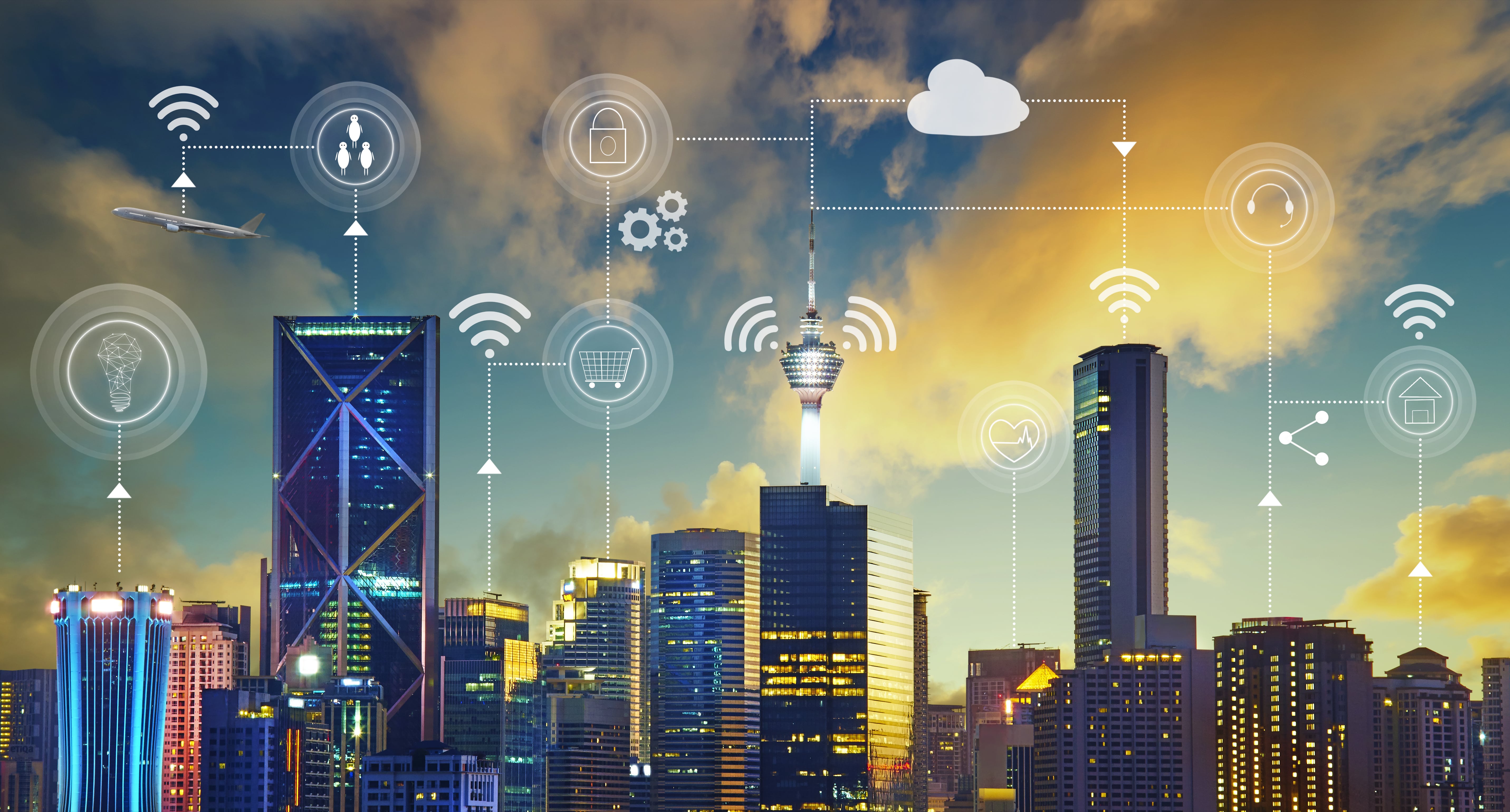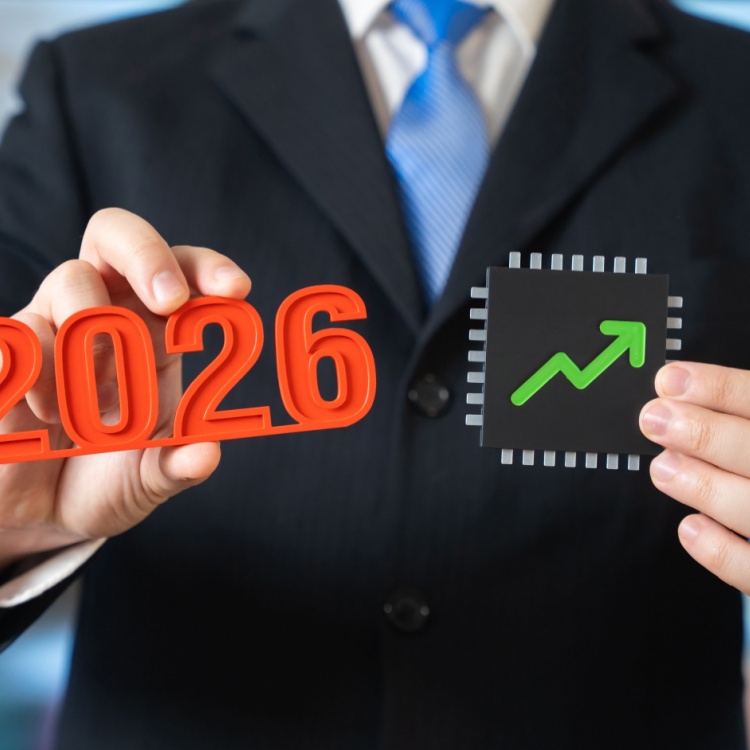Smart Buildings Around the World

Get smart about smart buildings. Find out the technology behind them, know the benefits they offer, and see some stellar examples from around the world.
What is a smart building?
A smart building uses digital technologies to connect, control, automate, and analyze various resources and processes.
Some of the technologies used in smart buildings include Internet of Things (IoT) sensors, software, and artificial intelligence (AI). These technologies monitor and analyze the various characteristics of a building, which include heating, lighting, ventilation, air conditioning, parking, and security.

Check out this video by CNBC International to learn more about smart buildings.
What are the benefits of a smart building?
Smart buildings produce a large volume of valuable data about how a building is being used. This enables you to use your building resources efficiently and economically while also creating a safe, sustainable, and comfortable environment for occupants.

Smart buildings around the world
Across the globe, smart building technologies are being used to optimize a building’s operations and environment. Here are some of them.
At The Edge in Amsterdam, every employee is connected to the building through a smartphone app. With this app, employees can find parking spaces, unoccupied desks, and even their other colleagues. They can also use the app to get around the building and to report issues and concerns to the facilities team.
In this 40,000 square-meter building, an Ethernet-powered LED lighting system is integrated with 30,000 sensors. These sensors measure movement, occupancy, lighting levels, humidity, and temperature, enabling it to automatically adjust energy use. On its facades and roofs, there are 65,000 square feet of solar panels, enabling it to use 70% less electricity than comparable office buildings.
The Edge is not only high-tech but also green. It earned a 98.3% rating from British agency BREEM (Building Research Establishment Environmental Assessment Method).
This all-electric building is one of the most efficient buildings in the world and has achieved Outstanding BREEAM accreditation and Platinum LEED accreditation. Over 3,500 data points ensure all systems function as effectively as possible. Because of this, the building’s carbon emissions are 70% lower than in the average office building in London. It uses solar heating, rainwater harvesting, and a blackwater recycling system.
At over 828 meters (2,716.50 feet) and more than 160 stories, the Burj Khalifa is the tallest building in the world. The Burj Khalifa team partnered with Honeywell Building Solutions to pilot Honeywell’s Outcome Based Service (OBS) solution. Using real-time data, OBS tracks the mechanical components of the building’s heating, ventilation, and air conditioning (HVAC) system, identifying anomalies and enabling preventive and predictive maintenance. With OBS, the Burj Khalifa saw “a 40% reduction in maintenance hours, while boasting 99.5% availability.”
Check out this video for more examples of smart buildings around the world.
Building smart for a better future
Designing and constructing smart buildings is key to making buildings greener and more efficient. Fortunately, the outlook is good for the smart buildings market: It is projected to grow from USD 66.3 billion in 2020 to USD 108.9 billion by 2025. According to MarketsandMarkets, the rising adoption of IoT-enabled building management systems, greater awareness of space utilization, increased industry standards and regulations, and increased demand for energy-efficient systems are the major drivers for this projected growth.
In Southeast Asia, the building automation market is predicted to record a CAGR of 13% over 2020-2025. According to MarketWatch, three factors are driving the growth of the building automation market in the region:
- increasing government initiatives targeting green infrastructure and the reduction of carbon dioxide emissions
- rising development of technologies
- surging demand for electricity
Carbon emissions from buildings and construction make up almost 40% of global carbon emissions. And with experts predicting the addition of 230 billion square meters of global building stock by 2060, more efficient and sustainable buildings are crucial.
Through advanced digital technologies and green architecture, we can design greener, safer, and more sustainable buildings--whether commercial or residential. Clearly, the smart building is the smartest choice.
As one of the Top 21 EMS companies in the world, IMI has over 40 years of experience in providing electronics manufacturing and technology solutions.
We are ready to support your business on a global scale.
Our proven technical expertise, worldwide reach, and vast experience in high-growth and emerging markets make us the ideal global manufacturing solutions partner.
Let's work together to build our future today.








